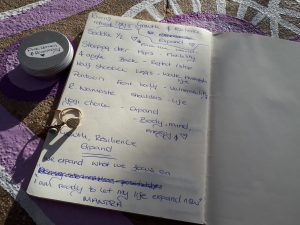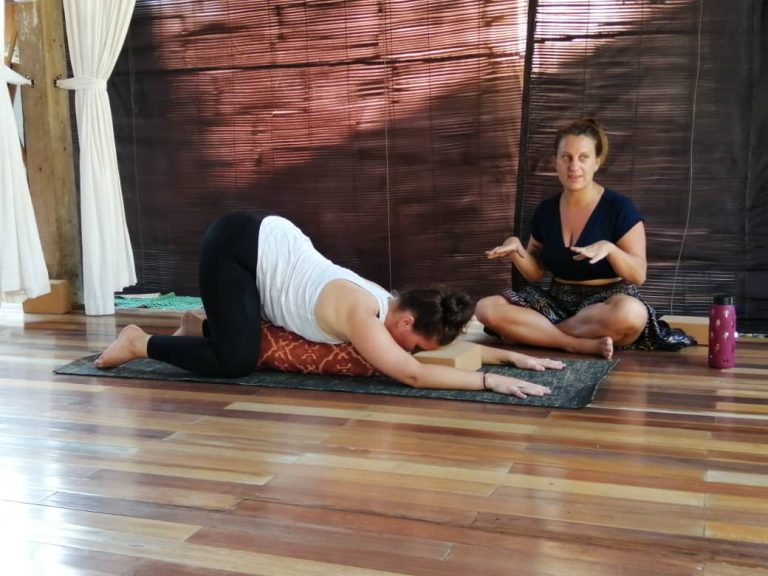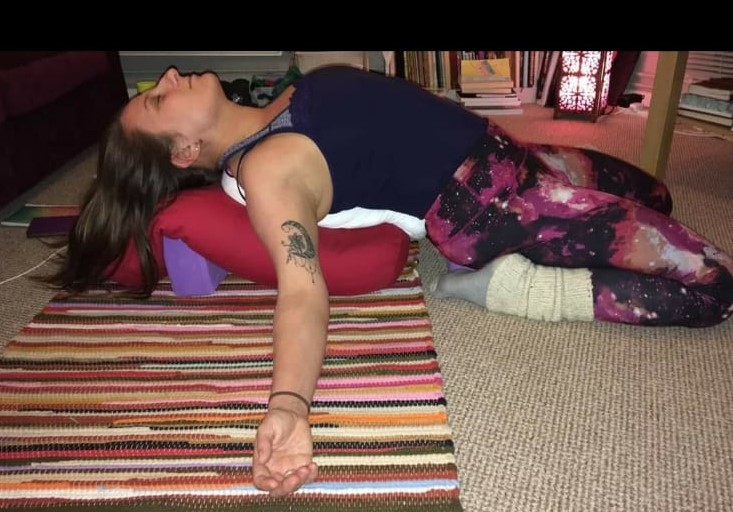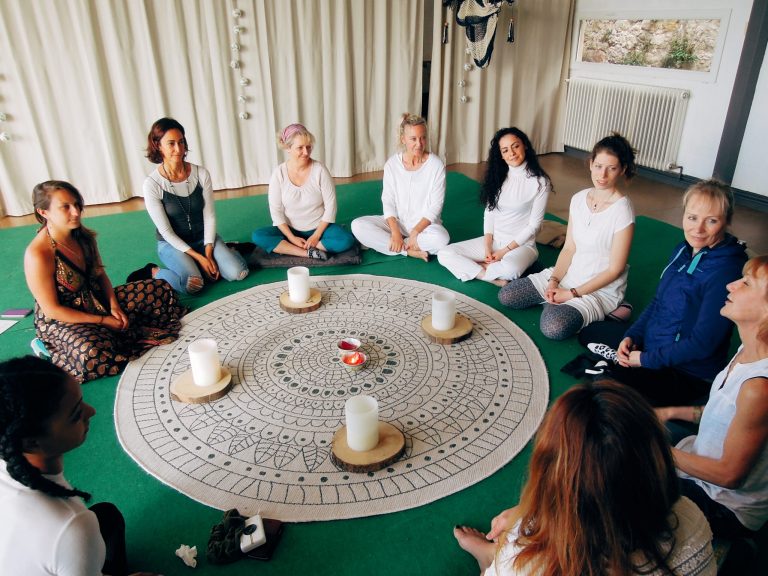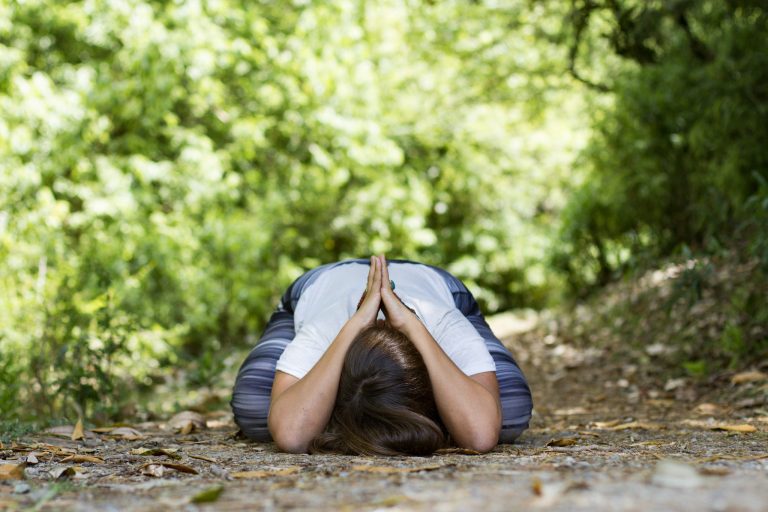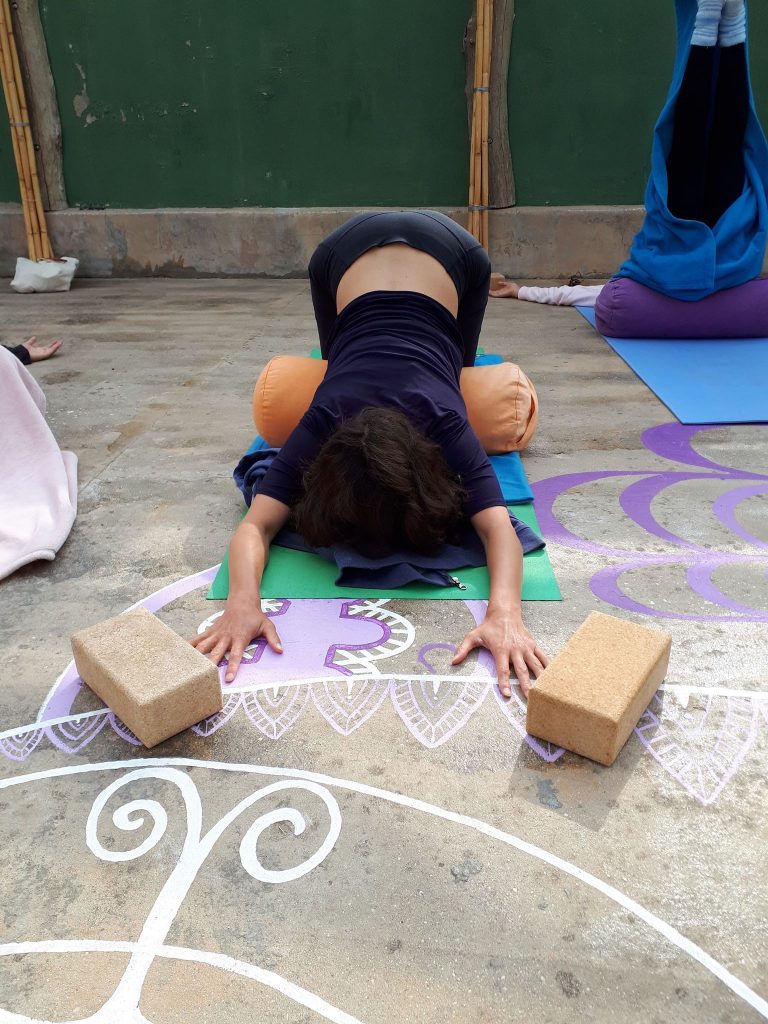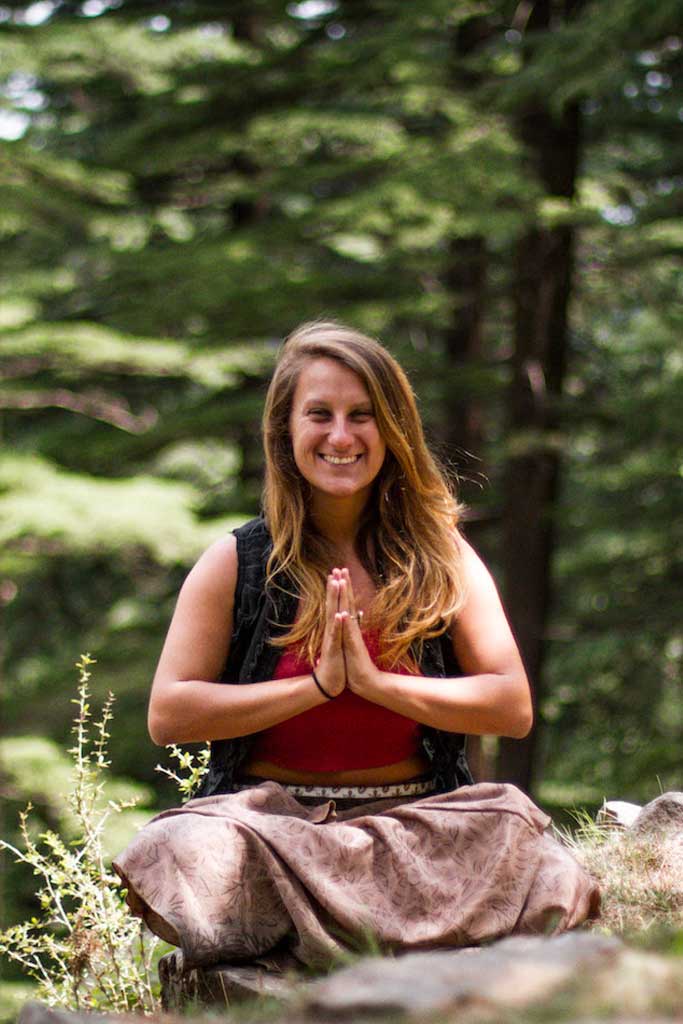How to Sequence Yin Yoga for Yoga Teachers
Written by Mary-Rose Dias
Sequencing a yin yoga class is a mindful and intelligent art. While there are no set guidelines on how to specifically sequence in yin yoga, there are several important considerations to keep in mind when teaching. Setting intentions, gentle beginnings, smooth transitions, subtle movements and a restorative close are great areas to focus on when teaching and sequencing your yin yoga class.
What is your intention for teaching your yin yoga class? What do your students need today? Before your class begins it is helpful to remind yourself of the reason you are teaching yin yoga and set an intention that reflects this. Once you are clear on your intention you will find it easier to choose the asanas that best support your yin yoga class.
Beginnings in yin yoga are usually gentle. Allow time to arrive in the space, perhaps incorporating some guided meditation while seated or lying down. Beginning asanas should allow for a gentle easing into the body. Childs pose, butterfly or sphynx can be great options for getting started with teaching your yin yoga class.
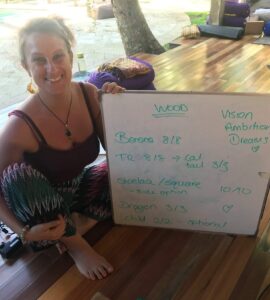 Smooth transitions are important when teaching yin yoga, and being mindful of the way in which we subtly move ourselves and our students around the mat is key. We want to avoid harsh and jerky movements while prioritising safety. We can allow shallow postures to precede deeper postures and naturally and organically transition from pose to rebound and rebound back to pose.
Smooth transitions are important when teaching yin yoga, and being mindful of the way in which we subtly move ourselves and our students around the mat is key. We want to avoid harsh and jerky movements while prioritising safety. We can allow shallow postures to precede deeper postures and naturally and organically transition from pose to rebound and rebound back to pose.
Unlike yang yoga classes, we do not need to cool our bodies down at the end of a yin yoga class, because we never warmed our bodies up. Instead, the end of a yin yoga class can focus on restoring, relaxing and releasing. We can incorporate gentle restorative postures before rest and integration in savassana.
The art of sequencing in yin yoga is an important skill that all yin yoga teachers can greatly value from. It is also an art that can be easily learnt. Understanding the basics of setting intentions and flowing gently and smoothly from beginning to close using subtle movements, postures and rebounds is a wonderful way to start sequencing your yin yoga classes. great start.
To dive deeper into this topic and learn more about how to teach yin yoga, Shanti Atma Yoga offers a variety of trainings exploring the many avenues to self-healing, teacher development and deepening your yoga practice:
Yin Yoga Teacher Training Online:
Yin Yoga Teacher Training: 100 hour Functional Anatomy and Chinese Medicine
Yin Yoga Teacher Training: 100 hour Pranayama, Meditation and Mindfulness
Yin Yoga Teacher Training: 80 hour Yin Yoga and Yoga Nidra
Yin Yoga Teacher Training: 50 hour Neuroplasticity and Mindfulness
Yin Yoga Teacher Training: 50 hour Essential Oils and Emotional Intelligence
Residential Yin Yoga Teacher Training:
Yin Yoga Teacher Training: 100 hour Functional Anatomy and Chinese Medicine
Yin Yoga Teacher Training: 100 hour Pranayama, Meditation and Mindfulness
Yin Yoga Teacher Training: 80 hour Yin Yoga and Yoga Nidra
Yin Yoga Teacher Training: 50 hour Neuroplasticity and Mindfulness
Yin Yoga Teacher Training: 50 hour Essential Oils and Emotional Intelligence
Yin Yoga Teacher Training: 200 hour 5 Bodies Approach
Yin Yoga Training Locations:
Yin Yoga Teacher Training Bali
Yin Yoga Teacher Training Thailand
Yin Yoga Teacher Training India
Yin Yoga Teacher Training Spain

